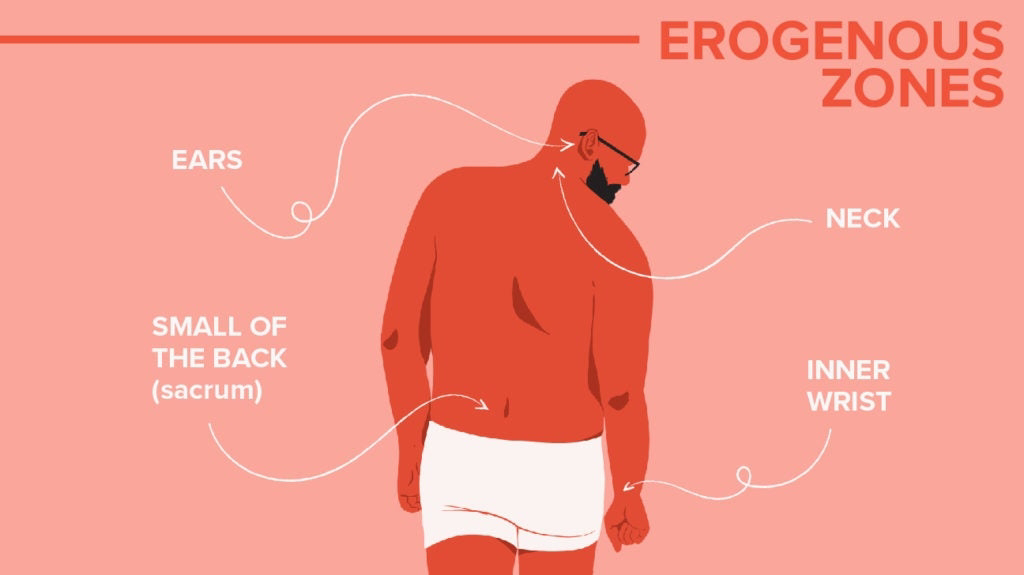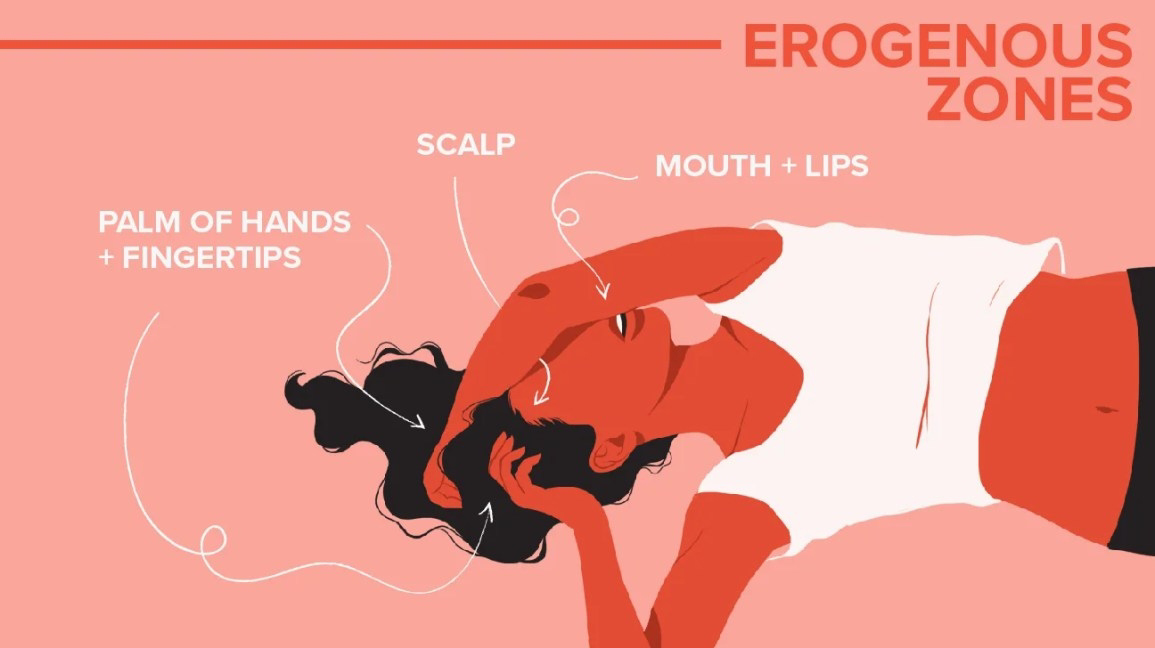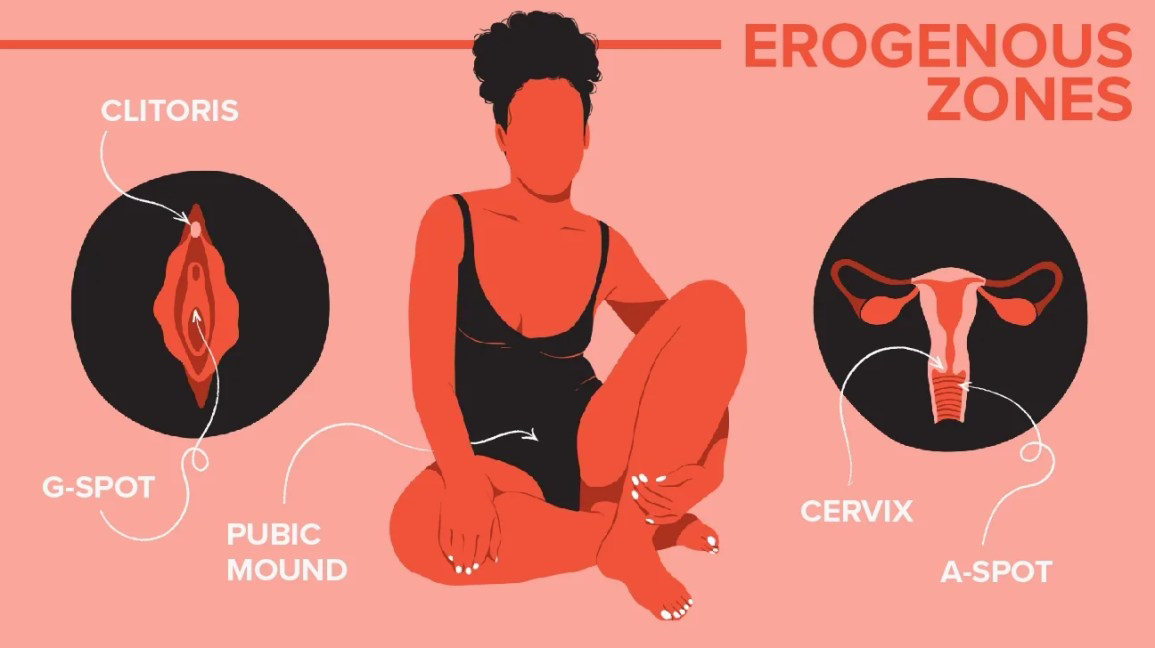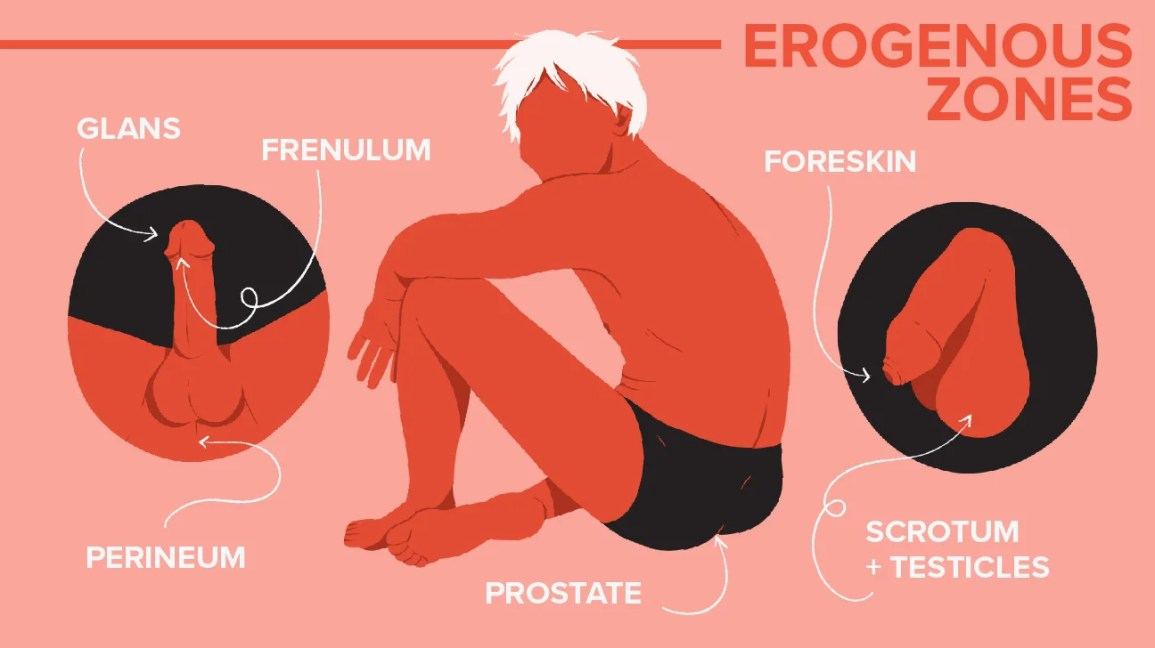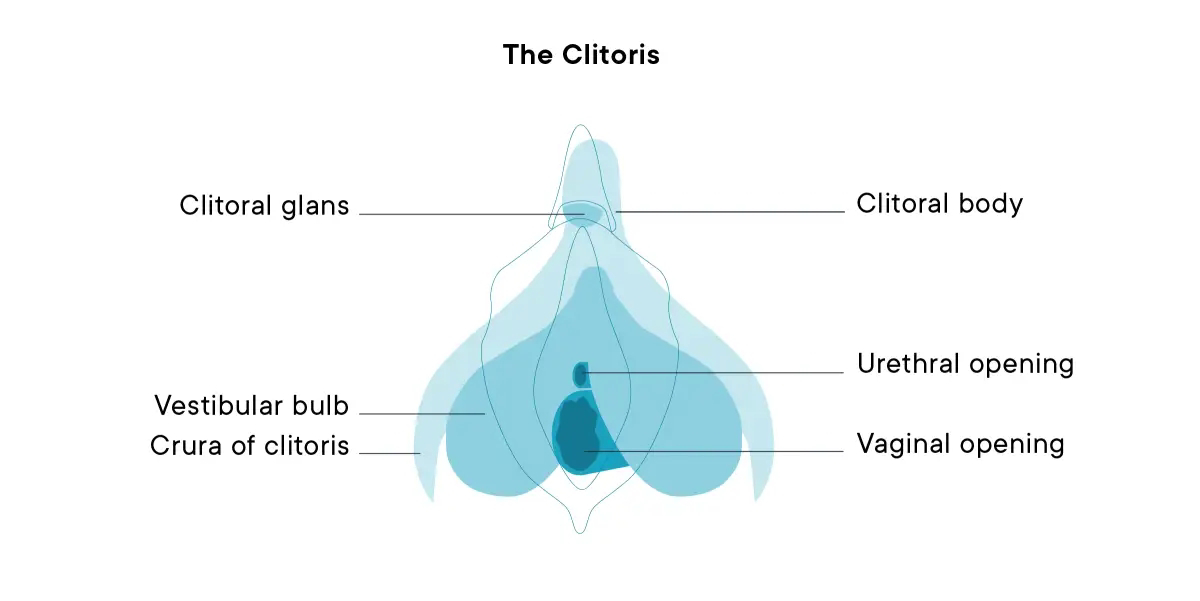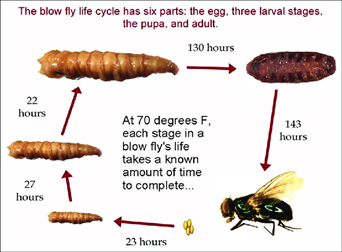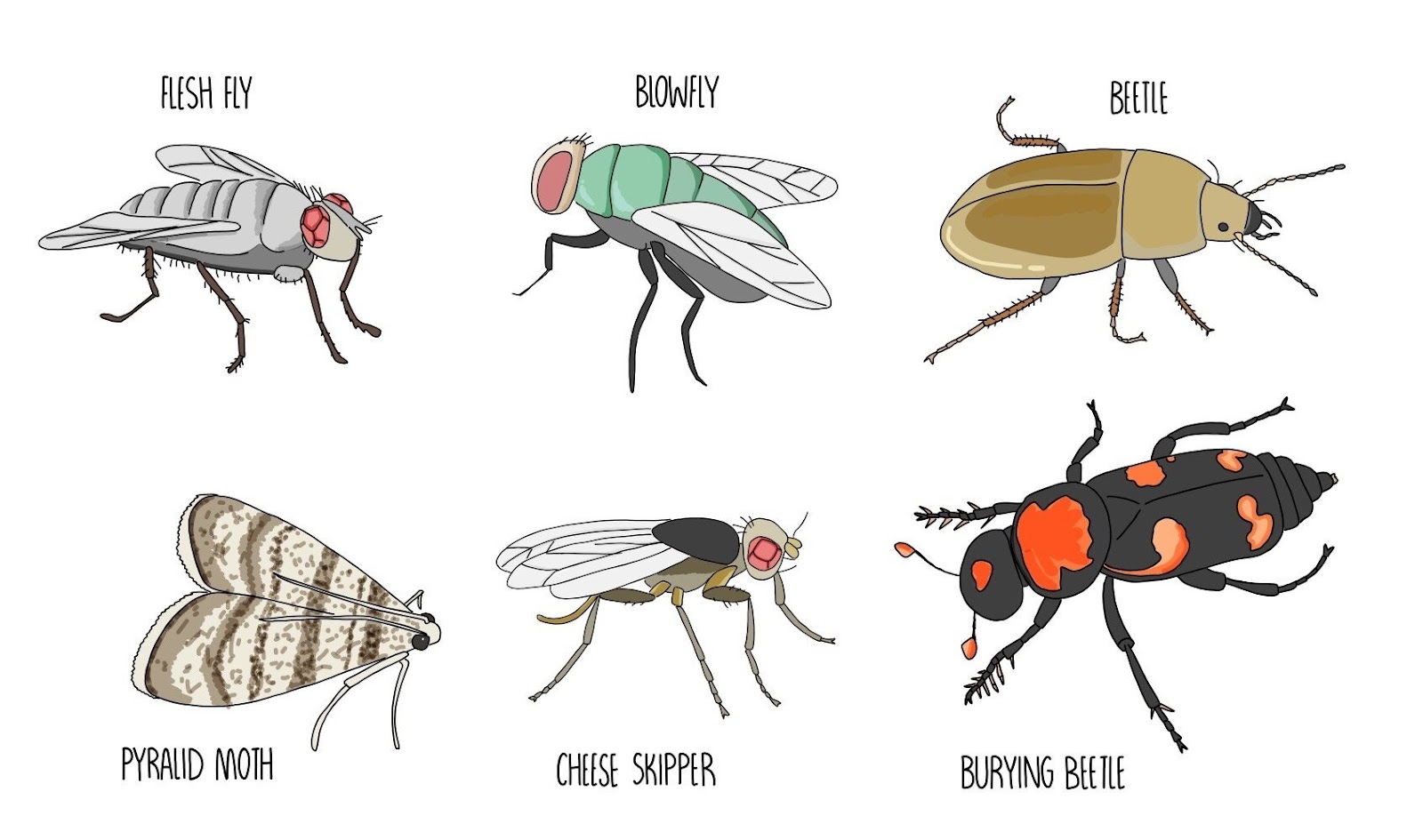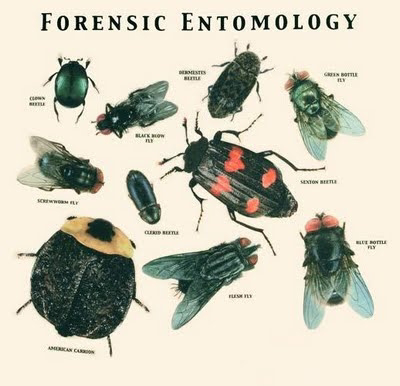Introduction
Though the A-spot and G-spot are close to each other — just about two inches — both may require different types of stimulation to orgasm. Here’s what you you should know about A-spot stimulation.
Technically known as the anterior fornix erogenous zone, this pleasure point is located deep inside the vagina between the cervix and the bladder.
“It’s about two inches higher than the G-spot,” says Alicia Sinclair.
Its depth is why some call it, colloquially, the deep spot.
“ The A-spot is also sometimes referred to as the “female prostate,” because it’s in the same location as the prostate (the “P-spot”) in folks who were assigned male at birth. “
It’s worth noting that the G-spot is also referred to in this way.
Though confusing, it does make sense: The A-spot and the G-spot are incredibly close together.
At the end of the day, it doesn’t really matter what you’re touching as long as you’re feeling pleasure.
Does everyone have it?
Nope! Only cisgender women and people assigned female at birth have the potential to reach this spot.
That said, there is some speculation around whether this particular spot actually exists. But most sex educators and experts agree it’s real, thanks to anecdotal reports and one experiment conducted in 1997.
In the study, doctor and sex educator Chua Chee Ann administered repeated stroking on the anterior vaginal wall to a group of folks with vulvas for 10 to 15 minutes.
The result? Two-thirds of the participants experienced boosted vaginal lubrication and 15 percent reached orgasm.
This is said to be how the A-spot was discovered.
Position of A-spot
The A-spot is along the front vaginal wall, usually about 4 to 6 inches back. However, some variation is to be expected.
“Everyone’s internal clitoral structure is different, so the A-spot may be in a slightly different spot,” says Sinclair.
First, find the G-spot.
To do this, gently insert your pointer finger one or two inches inside your vagina and then curl your finger upward toward your belly button.
If you feel a walnut-sized patch of spongy tissue, that’s the G-spot. From here, push up inside your vagina another two or so inches.
Move your finger in a slight windshield wiper motion, instead of the usual in and out.
Do you notice an increased feeling of pressure or sensitivity? If you do, great!
If not, don’t worry. Your fingers may not be long enough, so you might need to use a sex toy to reach it.
It’s also possible that you’re hitting it and just not feeling a noticeable amount of pleasure.
“Everyone’s ‘money spot’ is different, so don’t feel like your body is abnormal if it doesn’t cause a ‘wow’ sensation,” says Sinclair.
What’s it feel
Unlike the G-spot, the A-spot typically doesn’t have a different texture or firmness than the rest of the vaginal canal.
“[However] it may feel softer or spongier when you apply pressure,” says Dr. Sadie Allison, bestselling author of “The Mystery of the Undercover Clitoris” and founder and CEO of Tickle Kitty, Inc.
And whether you’re in the mood for foreplay or ready to get down to business, stroking this area is all but guaranteed to get things moving.
“It’s made up of an area of sensitive tissue that lubricates when touched and stimulated,” explains Dr. Sadie. “Rubbing this area will likely result in making you wetter.”
How is it different from the G-spot?
The G-spot is about the size of a penny.
You can usually stimulate it by making a come-hither motion with your fingers inside your vagina, or with penetration angled at your front vaginal wall.
The A-spot is also located along the front vaginal wall, about two inches deeper inside the vaginal canal than the G-spot.
Because of this, it may be harder to reach with just your fingers.
Experts recommend using an insertable toy that’s at least 5 inches long, or experimenting with a partner whose penis or fingers are long enough.
“The A-spot may be isolated in some, [but] for others it’s less of a spot and more of a pleasure zone,” says Dr. Evan Goldstein, founder and CEO of Bespoke Surgical.
“It may be more appropriate to think of the ‘A-spot’ as more of an ‘A-zone,’ because of the number of nerve endings in that area that can be pleasurable to touch.”
Is it easy to orgasm this way?
A-spot stimulation requires penetration, and research shows that less than 20 percent of folks with vulvas can achieve orgasm through penetration alone.
“People who have experienced orgasms through deep vaginal penetration have likely had an A-spot orgasm,” says Dr. Sadie, adding that they’re usually more intense and longer lasting than G-spot orgasms.
“I’ve always needed really deep, rough penetration in order to orgasm,” says Sam. “I didn’t know that what I was experiencing was likely an A-spot orgasm until I found some article online about it.”
Which techniques work best?
You can use different techniques and toys — with or without a partner — to find and stimulate your A-spot. Here are just a few to try out.
With your fingers
If you or your partner’s fingers are long enough, they might be all you need to experiment with A-spot play.
Although you can give this a go in classic missionary, it may be easier to start on all fours. Doggy style allows for deeper penetration.
To do this by yourself in missionary:
*Lie on your back.
*Insert your fingers inside, palm facing up, fingertips curled towards your belly button.
*Locate your G-spot, then slide your fingers up inch by inch.
*Experiment with small side-to-side and long swiping motions.
To do this with a partner in doggy:
*Get on your hands and knees, with your partner positioned behind you.
*Have them enter you with their fingers from behind, palm facing down.
*Ask them to curl their fingers downward in a come hither motion, then move deeper inside you.
With a vibrator
“Choose a toy that’s at least 5 inches long [and] designed for G-spot or A-spot stimulation,” says Dr. Sadie. “One with a slight curve [is] best.”
Dr. Sadie recommends the Stronic G, a G-spot pulsator that features a curved tip.
To do this by yourself:
.Get into your go-to masturbation position.
.Insert the toy so that only an inch or two aren’t inside of you.
.Play with the different settings until you find one you like.
To do this with a partner:
.Have your partner insert the toy inside you, keeping the curved tip pointed towards the front of your vaginal wall.
.Either have them play with the different settings, or put your hand over theirs and press the buttons yourself.
With a wand toy
Just as folks prefer different strokes and sensations on their clitorises, not everyone will enjoy vibrations on their A-spot.
Opt instead for a curved, non-vibrating A-spot or G-spot wand.
Both Sinclair and Dr. Sadie call out the njoy Pure Wand as being particularly well-suited for A-spot experimentation and play.
“This stainless steel, nonporous toy is seriously amazing,” says Dr. Sadie.
To do this by yourself or with a partner:
Missionary is best, so lie on your back.
Insert the toy, varying the angle until you find one that feels good.
What positions work best?
“Any position that offers deep penetration is a great choice since the A-spot is deep inside vagina,” says Dr. Sadie.
Here, she shares her top picks.
Lifted missionary
For a spin on classic missionary, add a couple of pillows or a sex ramp under your hips.
This will tilt your pelvis so your partner’s dildo or penis can angle up toward your cervix just right, explains Dr. Sadie.
To give this a try:
Lie down on your back, and position the ramp or pillow beneath your hips.
Play around with location of the device, for optimal support and pleasure.
Have your partner position themselves between your legs, facing you.
Pull your knees to your chest to allow for even deeper penetration.
Doggy
“Doggy works well to access the A-Spot,” says Goldstein.
“[It] may be especially desirable for those who are into power play, because it can create a submissive feeling in the partner being penetrated.”
To give this a try:
Position yourself on all fours, with your partner kneeling behind you.
Have your partner position their dildo or penis at your entry.
Shift your hips back to draw it deeper inside.
Find a slow rocking motion that allows them to hit your A-spot with each tiny thrust.
Cow
Penetratee-on-top positions (often known as cowgirl) — and its many variations — generally allow for deep penetration.
Start with the classic version of this position before experimenting with reverse, seated, or leaning, suggests Dr. Sadie.
To give this a try:
Have your partner lie down on their back.
Straddle them so your knees are on either side of their hips.
Lower yourself all the way down onto their dildo or penis.
Rock back and forth until you find an angle that targets your A-spot.
Rear-entry missionary
If you enjoy anal penetration, it’s time to revisit the missionary position.
Rear entry indirectly stimulates the A-spot through the thin tissues of the vaginal wall, says Dr. Sadie.
To give this a try:
Lie down on your back.
Have your partner position themselves between your legs, facing you.
You may find it helpful to lift your knees slightly — your partner can hold on to your calves to help support your legs.
When you’re properly warmed (and lubed!) up, have your partner enter you slowly with their dildo or penis.
Place your hands on their hips to control speed and depth, and find a rhythm that works for both of you.
Reach between your legs to stimulate your clitoris.




